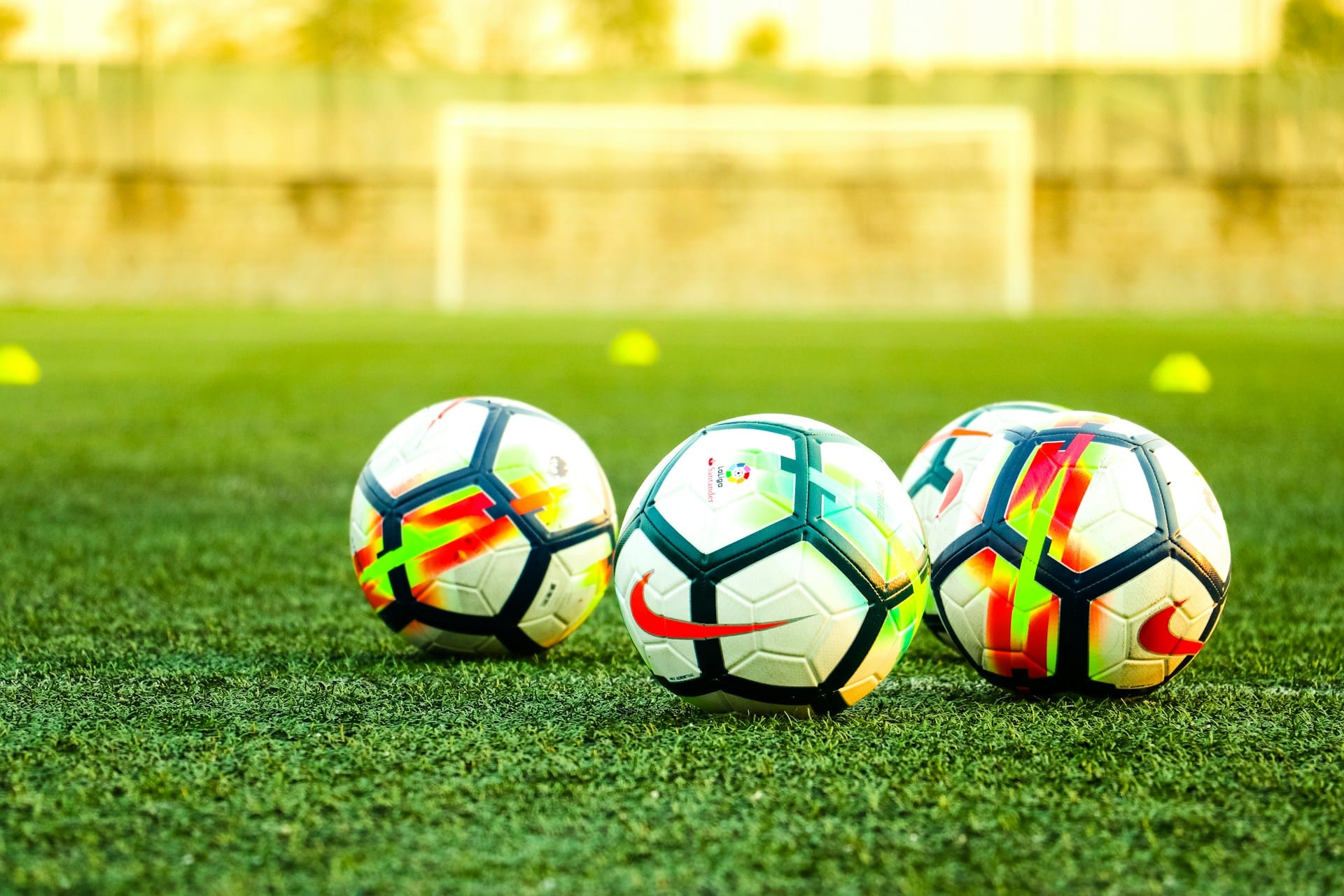What’s the Best Method to Improve Tactical Creativity in Soccer Team Managers?

You might have often wondered, while watching a soccer match, how does a coach come up with a strategy that confounds even the best players in the opponent team? The truth is, like most things in life, there isn’t a definitive answer. However, there are strategies, tactics and training exercises that have been proven over time to enhance the tactical creativity of team managers in soccer. Improving this aspect of coaching can have a significant impact on the team’s performance, whether it’s navigating the grueling season, making decisive substitutions, or tweaking the formation to outsmart opponents.
The Importance of Tactical Creativity
Tactical creativity in soccer is fundamental. When a coach can devise innovative plays on the spot, manipulate the formation to counter the opposition, and make calculated changes, it can make the difference between victory and defeat. It’s a sign of a coach who is not only well-versed with the game but also has the ability to adapt as the game evolves.
Cela peut vous intéresser : What Is the Impact of Altitude on the Performance of Drone Racing Pilots?
Tactical creativity involves a deep understanding of the game and how different variables can impact the outcome. For example, a coach must take into account the abilities of their players, the strengths and weaknesses of the opposition, the current score, and even the weather conditions when deciding the team’s strategy.
Incorporating Tactical Creativity into Training
To foster tactical creativity, coaches need to incorporate it into their training regimes. It’s not enough to have players just drill the same sets of plays over and over again. Instead, focus should be on creating dynamic and realistic training scenarios.
Cela peut vous intéresser : How Can Continuous Glucose Monitoring Inform Diet and Performance in Endurance Athletes?
One method is using small-sided games during training. These are games with fewer players on each side, allowing each player more involvement with the ball. The idea is to simulate specific game situations, forcing players to adapt and react, much like they would in a real match. This also allows the coach to observe and evaluate individual performance, team dynamics, and tactical efficacy in a controlled environment.
The Role of Technology
Technology has become an integral part of soccer in recent years. Coaches and teams are increasingly relying on data analysis to enhance performance. Google’s advanced analytics and AI, for example, provide a wealth of information that can be used to inform tactical decisions.
Coaches can use this data to analyze the team’s performance, pinpoint areas for improvement, and develop strategies to exploit the weaknesses of the opposition. This includes studying player movements, ball possession statistics, and zone entries, among others.
Research and scholarly articles provide another source of information. Many coaches refer to studies and papers available on platforms like Crossref and DOI to stay updated with the latest theories, trends, and techniques in the world of soccer coaching.
Adapting to Changes
In soccer, a game can change in an instant. A red card, an injury, or even a sudden change in weather can dramatically shift the momentum of a match. This requires a coach to be flexible and adaptable, capable of changing tactics on the fly.
A coach can prepare for this by running through various scenarios during training. For example, how should the team respond if they’re a man down? What’s the best formation if they need to defend a slim lead in the final minutes? By planning for these contingencies, a coach can help their team respond effectively when the unexpected happens.
Developing a Tactical Mindset
Lastly, developing a tactical mindset is key to improving tactical creativity. This involves understanding the principles of the game, studying the tactics of successful teams and coaches, and continuously learning and evolving.
Reading books, attending coaching seminars, and constantly staying updated with the latest in soccer strategy can help in this regard. But ultimately, it’s about a proactive approach to learning and a constant desire to improve. A coach must be willing to experiment, make mistakes, and learn from them to truly hone their tactical acumen.
Improving tactical creativity in soccer team managers is a multifaceted process. It requires a combination of hands-on training, data analytics, adaptability, and a tactical mindset. It may take time and effort, but the rewards, in terms of enhanced team performance and victorious outcomes, make it well worth the investment.
Harnessing Data to Optimize Formation Changes
Formation changes play a pivotal role in determining the trajectory of a soccer match. A well-timed tactical shift can turn a losing game into a winning one, or a stalemate into a decisive victory. With technology and data analytics coming into play, coaches now have the tools to make informed decisions about game formations.
The power of data in soccer cannot be overstated. Through platforms like Google Scholar, coaches can access a plethora of research papers and studies on formation changes and their effects on the game. This wealth of knowledge enables them to understand the nuances of different formations and their impacts on match performance.
Moreover, the use of advanced analytics provides an in-depth insight into the players’ performances, zone entries, and the scoring zones. Information such as ball possession statistics and players’ movements can be analyzed to identify patterns and strategies for maximizing goals chances.
For instance, data can elucidate which players excel in which positions, or which formation yields the most scoring opportunities against specific opponents. Further, coaches can use this information to design training exercises that mimic real game situations, thereby helping players get comfortable with formation changes.
The use of supplementary table and data from reliable sources like DOI Crossref can significantly enhance a coach’s weekly strategic planning. By analyzing team performance minutely, coaches can devise formation changes that amplify their team’s strengths and exploit the opposition’s weaknesses.
Conclusion: Embracing Creativity and Adaptability in Soccer Strategy
Improving tactical creativity in soccer team managers isn’t a straightforward process – it’s a delicate blend of various elements like understanding the game, adapting to changing situations, and implementing data-driven strategies. Moreover, it involves constant learning, evolving, and being brave enough to take calculated risks.
Embracing technological advancements and incorporating data analytics into decision-making processes can provide managers with valuable insights. However, while data can inform decisions, it’s also crucial to foster a culture of creativity and flexibility. As soccer is a dynamic game, the ability to react effectively to unforeseen circumstances and make swift, decisive formation changes could be the difference between a win and a loss.
Coaches should adopt an adaptive approach, constantly learning and staying abreast of the latest developments and trends in soccer strategy. They should be open to various sources of information, from scholarly articles to data analytics, and even their own instincts and experiences.
Improving tactical creativity requires effort, time, and a commitment to continuous learning. However, the potential rewards – enhanced team performance, more chances scoring, and ultimately, victorious outcomes – make this an investment worth making. In a sport where margins of victory can be razor-thin, the ability to out-think and outmaneuver the opposition can be a match-winning advantage.
In the end, it’s about striking a balance between understanding the principles of the game and fostering an environment that encourages innovation and tactical creativity. Soccer, like life, is all about adapting, evolving, and always striving to be better. The best coaches are those who understand this and strive to imbibe these qualities in their teams.
